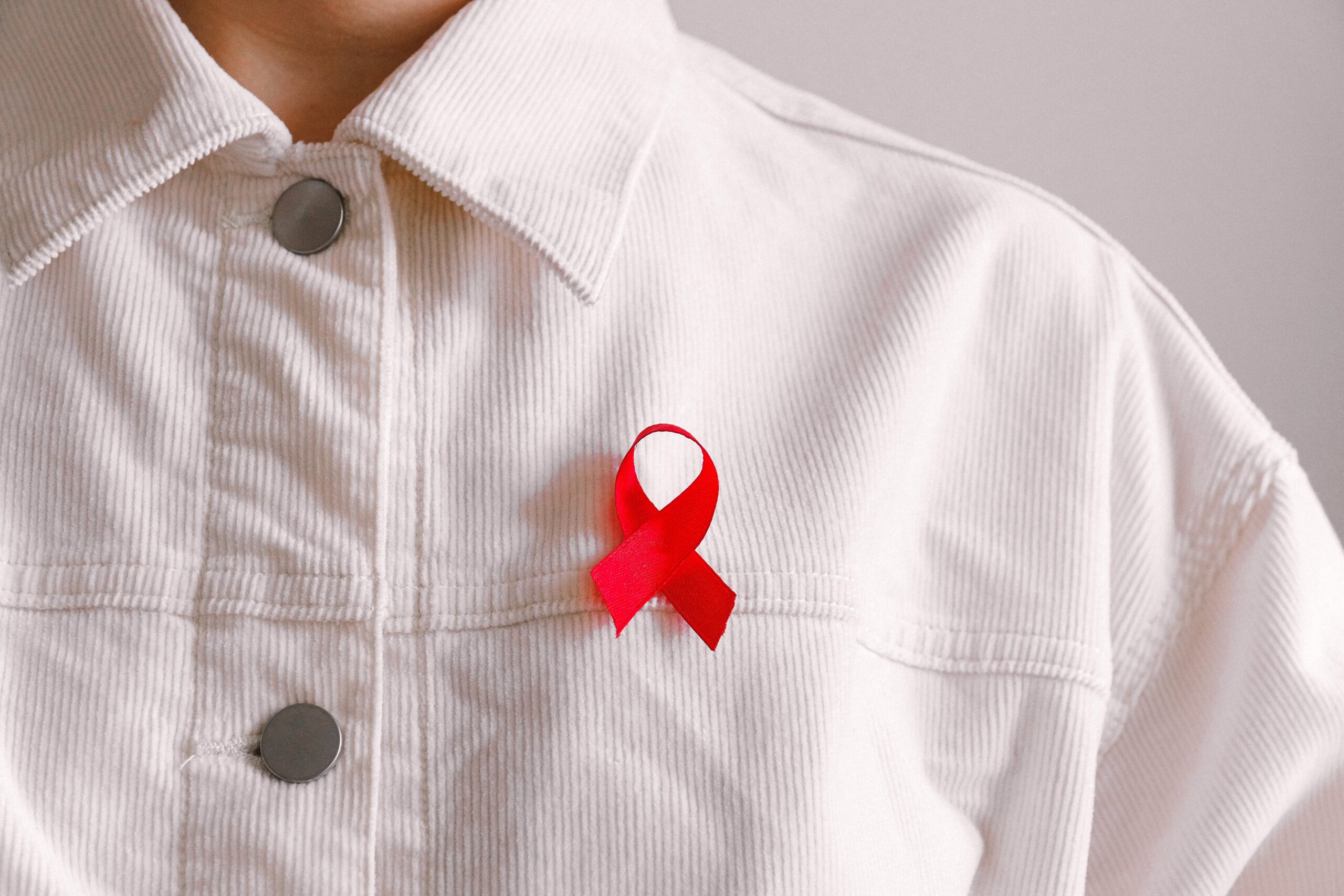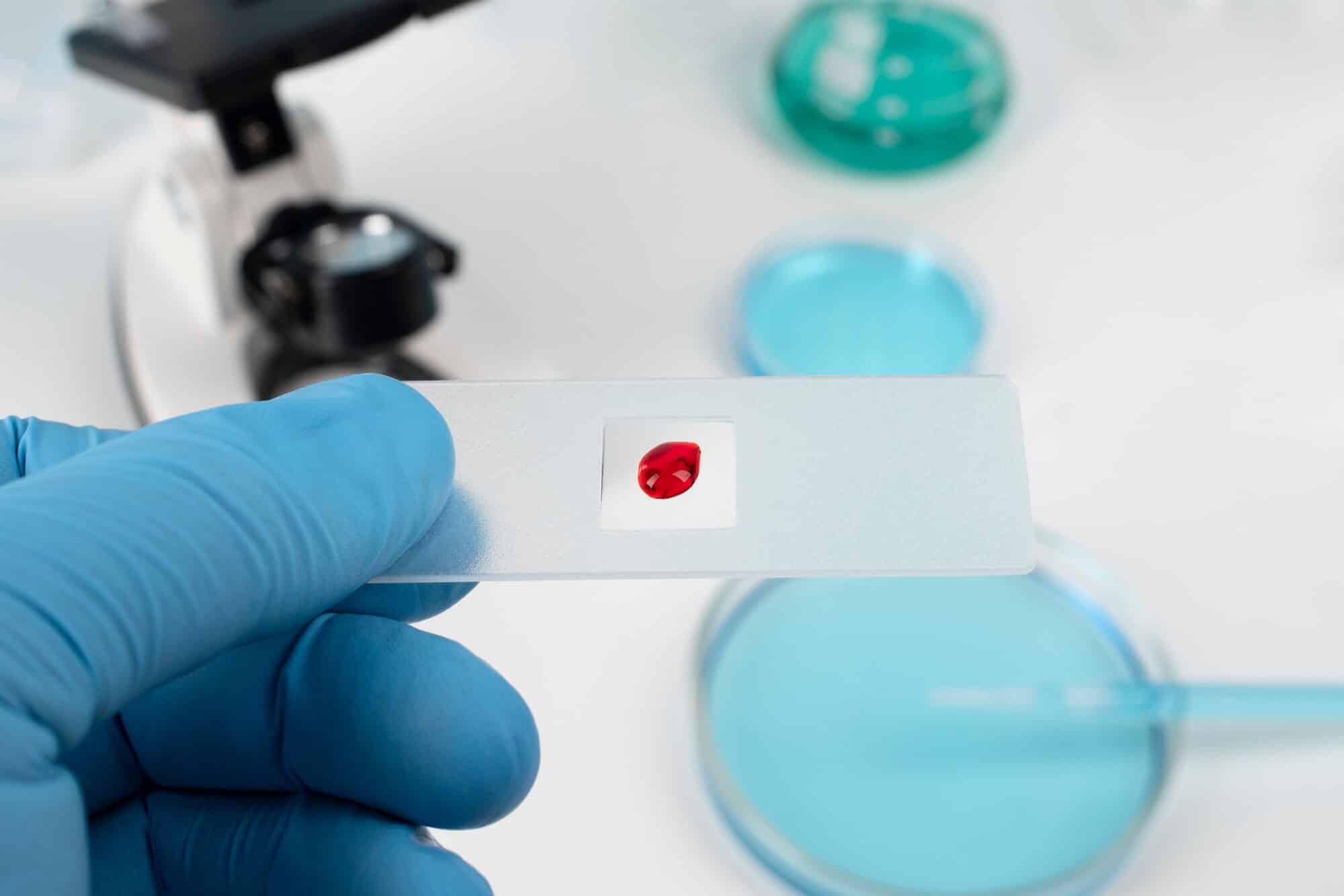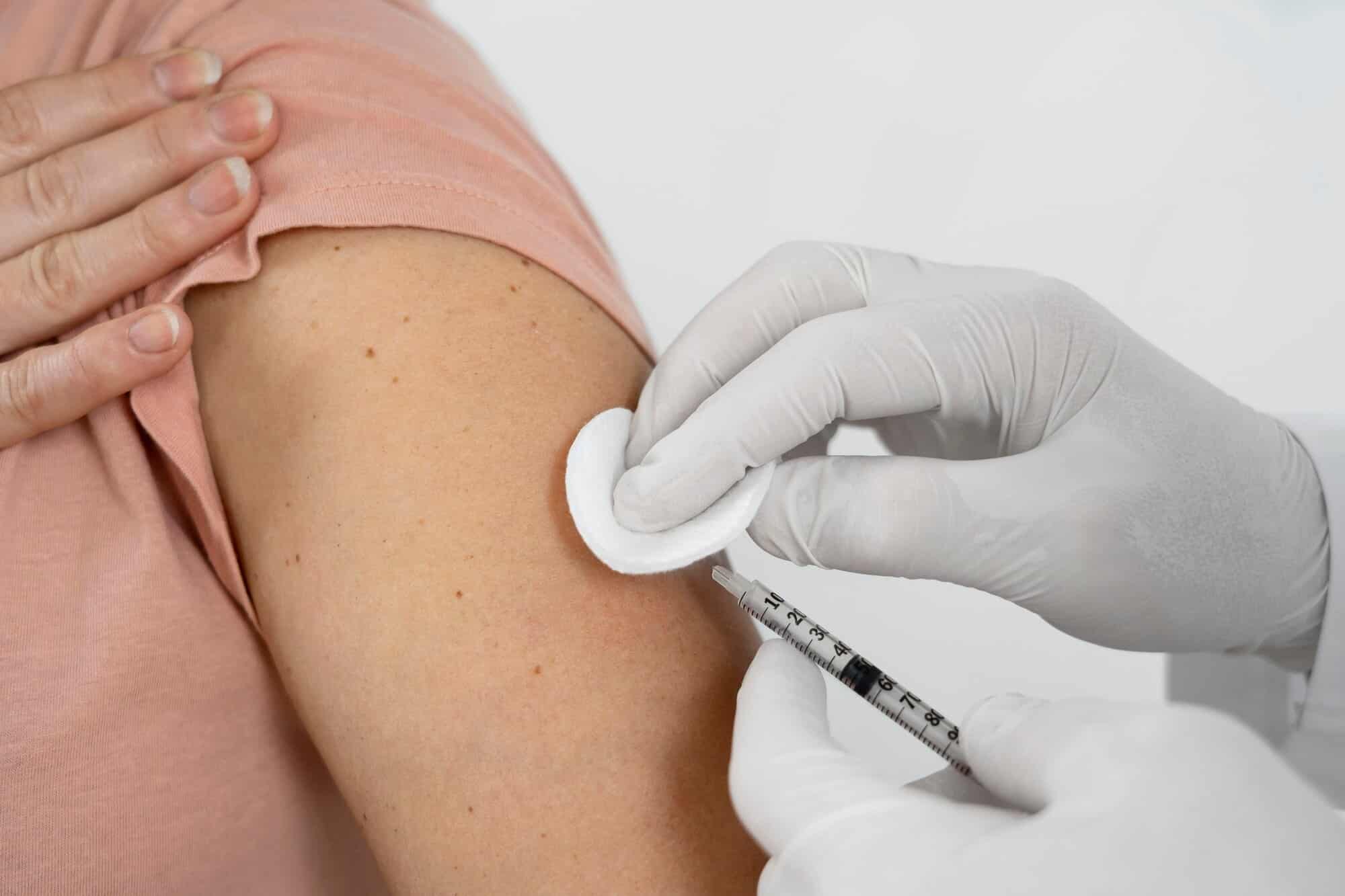
The Human Immunodeficiency Virus (HIV) refers to a chronic virus that attacks the immune system in the human body. AIDS is referred to as the more advanced stages of HIV, and the main cause of AIDS is not receiving early HIV treatment. HIV spreads via contact with the bodily fluids of an HIV-positive person. The most common form of transmission is unprotected sex or sharing needles for injecting drugs. There is no cure for HIV, but with the help of early intervention and HIV medicines, HIV-positive people can live healthy, long, and fulfilling lives. In this blog, we will look at the differences between HIV & AIDS, its symptoms, causes, treatment, & prevention.
Differentiating HIV and AIDS
While it can be confusing to understand, these two are diverse diagnoses. HIV is a virus that is the root cause of AIDS. In the past, the diagnosis of HIV or AIDS would have been a death sentence, but thanks to newer and much improved HIV treatment, as well as informed medical practices that help in the prevention of AIDS, an affected person can now lead a more fulfilling life.
So, the question arises: What is the difference between HIV and AIDS?
Following are some of the key differences between HIV and AIDS:
Differentiating Factor |
HIV |
AIDS |
| What is it? |
HIV is a Virus |
AIDS is the late stage of HIV infection caused by a weak immune system. |
| Cause | When the HIV enters your body | Already existing HIV in your body causes AIDS |
| Symptoms | HIV doesn’t always cause symptoms. At times, acute HIV can be asymptomatic or even mild and is often mistaken for alternative viral infections. | Symptoms of AIDS are more related to the diseases you may contract, for example, tuberculosis or pneumonia if you have a weakened immune system. |
| Testing | Can be diagnosed with simple blood tests like:
|
Testing involves:
|
| Transmission | Like most viruses, HIV can be transmitted from one person to another. HIV is transferred from one person to another through the exchange of bodily fluids, such as having unprotected sex or sharing needles for injecting drugs. | AIDS is a condition that develops in your body if you already have HIV. |
How HIV Attacks the Immune System?
HIV works by attacking the CD4 cells, also known as T-cells or Helper cells. As the virus’ numbers in our body increase, it starts to attack more and more CD4 cells. Without HIV treatment, this can become a vicious cycle, further weakening your immune system and making you more susceptible to various infections. HIV is the main cause of AIDS. However, not every person who contracts HIV will develop AIDS. With the help of early intervention, proper HIV treatment, and prevention of AIDS, you have much better chances of regaining your health.
Typically, the virus will attack the body in three stages:
Stage 1: Acute HIV infection
The earliest stage of HIV infection is acute HIV infection, which usually takes up to 2 to 4 weeks to manifest. The virus starts by targeting and destroying your infection-fighting CD4 cells and begins to weaken your immune system. At this stage, the amount of HIV in your body is very high, which means the chances of transmission of HIV are also increased.
Stage 2: Chronic HIV infection
Chronic HIV infection is the second stage of HIV infection. In this stage, the virus continues to multiply in your body. Without Antiretroviral Treatment (ART), the HIV infection can develop into AIDS. It might take ten years or even less; it varies from person to person.
Stage 3: Acquired Immunodeficiency Syndrome (AIDS)
Known as the final and the most severe stage of HIV, AIDS manifests in your body when the virus has significantly affected your immune system. A weakened immune system is not strong enough to fight off opportunistic diseases, infections, and even several forms of cancer. Typically, a CD4 count that is lower than 200 cells/mm3 would indicate that the HIV has progressed into AIDS. Without treatment for AIDS, the chances of living are typically around three years.
Causes and Transmission of HIV
The main cause of HIV is a virus, which can be transmitted via sexual contact (usually unprotected sex), or via other contact with blood, like sharing needles for injecting drugs, or even from a mother to her unborn child during pregnancy, childbirth, or via nursing.
Transmission of HIV
Typically HIV is transmitted through bodily fluids such as blood, semen, vaginal discharge, breast milk, and rectal discharge of an HIV-positive person.
The HIV virus can enter your body through your mouth, anus, penis, vagina, or broken skin. Pregnant people who are HIV-positive can also pass the virus to their babies.
Having unprotected sex or sharing needles for injecting drugs are a few of the most common ways in which HIV is transmitted; even if you are not showing any symptoms, you can still transmit it to others.
However, some of the ways HIV is contracted do not include the exchange of saliva, touching, hugging or public restrooms.
What are the Symptoms of HIV?
HIV can affect your body in various ways and can even be asymptomatic. So it is crucial that you get tested even if you “don’t feel sick enough.”
HIV symptoms can typically be visible in your body in the form of flu-like symptoms during the initial 2-4 weeks of contracting the virus. These common symptoms can include:
- Fever
- Body aches
- Lethargy or low energy levels
- Sore throat and aching muscles
- Developing body rashes
- Swollen lymph nodes as well as mouth sores
Testing methods available to verify if infected with the disease:
Typically, the diagnosis for HIV testing includes testing for Antibodies, Antigen, and NATs. At Equality Health, our team of professionals will help you select the best possible test for your condition by explaining its benefits, shortcomings, accuracy rates, and testing window times. For more details on the variety of tests and their advantages, please visit the website of Equality Health.
Treatment for HIV and AIDS
Antiretroviral Therapy (ART) is one of the proven HIV treatments. Treatment will generally consist of ART to reduce the HIV count in your body.
The course of treatment is designed with these four main objectives–
Viral Suppression
With the help of viral suppression, the main objective is to reduce the HIV count in your body as well as help strengthen the immune response.
Preservation of your Immune System
HIV starts by attacking the CD4 cells; the treatment will help preserve and strengthen your immune system. It will also help in restoring the CD4 cell count.
Striving towards enhancing your quality of life
By customizing a treatment plan, the main objective of these treatments is to reduce the viral load in your body, which will help improve your overall quality of life.
A significantly reduced morbidity as well as mortality rates
An effective treatment plan will help lower the number of health complications caused by HIV. With the help of ART therapy, the main goal is to help you lead a more fulfilling life.
What is the treatment of HIV?
If you test positive for HIV, your healthcare provider will suggest starting ART. With the proper kind of HIV treatment, your quality of life can be significantly improved.
Ideally, you will be treated with a combination of antiretroviral drugs. Some of the antiretroviral drugs include:
- Nucleoside reverse transcriptase inhibitors (NRTIs) such as Abacavir, Lamivudine, Tenofovir Alafenamide, Emtricitabine, etc.
- Non-nucleoside reverse transcriptase inhibitors (NNRTIs) mainly include Efavirenz (Sustiva), Rilpivirine (Edurant)
- Protease inhibitors (PIs) such as Atazanavir (Reyataz), Darunavir (Prezista)
- Integrase inhibitors (INSTIs) such as bictegravir, dolutegravir
Side Effects of HIV Treatment
Although the treatment can help strengthen your immune system and significantly lower the chances of transmitting the virus. Some of the common side effects of HIV treatment can include:
- Nausea or throwing up
- Loose stools
- Damage to your liver or kidneys
- Irregular blood sugar and cholesterol levels
- Insomnia
- Psychological issues
If you observe any of these side effects, make sure to mention them to your healthcare provider.
Prevention Methods For HIV/AIDS
For the prevention of AIDS as well as HIV, we will suggest the following methods:
- Practice safe sex. Avoid having numerous sex partners; use a new condom every time you have sex.
- Inform your sex partners if you have tested positive for HIV; you must inform both present and past sexual partners so they can get tested for HIV.
- Reduce risks by using clean and sterile equipment if you are injecting drugs or any medication into your body.
- If you are expecting a baby, talk to your healthcare provider about all the risks involved.
However, if you think that you are at risk of contracting HIV, then you can talk to your healthcare provider about Pre-exposure prophylaxis (PrEP). PrEP comprises taking medications daily in order to decrease your risk of contracting HIV via intercourse or the use of injections.
Conclusion
HIV is a viral infection that attacks the immune system. However, thanks to the advances in treatment, you can lead a healthy and fulfilling life even with HIV, but early intervention and prevention are key. At Equality Health, we pride ourselves on providing you and your loved ones with private counseling, emotional support, and all the information you need to make well-informed healthcare decisions. We also provide services like: STD Testing, STD Treatment, Hepatitis C Testing, Hepatitis C Treatment. You can contact us for more information.





